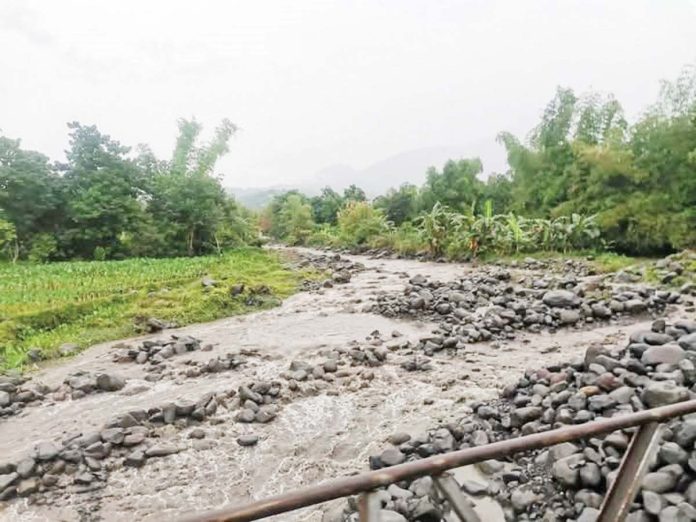
ILOILO City – The Philippine Institute of Volcanology and Seismology (Phivolcs) has advised local government units (LGUs) in Negros Island to prepare for potential evacuations in communities identified as being at risk from pyroclastic density currents (PDCs), particularly those within a six-kilometer radius of Mount Kanlaon’s summit.
It warned of a possible more “hazardous worst-case explosive eruption.”
The agency issued the advisory following a minor eruption at Mount Kanlaon’s summit crater at 3:11 p.m. on Thursday, February 6.
The eruption, which lasted for two minutes, was detected through seismic and infrasound records of the Kanlaon Volcano Network.
Kanlaon is one of the most active volcanoes in the Philippines. It straddles the provinces of Negros Occidental and Negros Oriental. Standing at approximately 2,465 meters (8,087 feet), it is the highest peak in the Visayas and a significant landmark in the region.
Phivolcs also warned of potential syn-eruption lahars and sediment-laden streamflows in drainage channels if intense rains coincide with volcanic activity. Increased vigilance against these hazards has been strongly advised.
According to Phivolcs, the eruption generated a plume that rose 600 meters above the vent before drifting southwest, scattering thin ashfall. The explosion also produced an airwave recorded at 70 Pascals, five kilometers east of the summit crater, and was heard as a booming sound in Barangay Yubo, La Carlota City, and Barangay Sag-ang, La Castellana, Negros Occidental.
Sulfurous fumes were reported in several barangays of La Castellana.
Due to rainy weather conditions at the time of the eruption, syn-eruption channel-confined lahars were immediately generated in the Buhangin River, affecting La Castellana and Moises Padilla town in Negros Occidental.
Prior to the eruption, sulfur dioxide (SO2) emissions averaged 2,249 tonnes per day, a significant decrease from the medium-term average of 4,484 tonnes per day since June 3, 2024.
Phivolcs also noted weak degassing from the summit crater since the previous evening.
Inflation of the upper to middle slopes of the volcano has been observed since January 10, 2025.
Phivolcs warned that occasional plugging of the volcanic conduit, combined with weakened SO2 emissions and degassing, could result in pressure build-up and subsequent explosive activity.
Kanlaon Volcano remains under Alert Level 3 (magmatic unrest), indicating that further short-lived explosive eruptions could occur. Such activity could generate pyroclastic density currents within the six-kilometer danger zone.
Authorities strongly recommend the evacuation of communities within this radius due to the risks of lava flows, rockfalls, PDCs, and other volcanic hazards.
Civil aviation officials have also been advised to warn pilots against flying close to the volcano’s summit, as sudden ash emissions pose a threat to aircraft.
Kanlaon is approximately 30 kilometers southeast of Bacolod City, the capital and most populous city of Negros Occidental and whole Negros Island. Its summit features a wide crater, which has hosted various eruptions and ash emissions.
The summit area also has multiple vents that can release gases and ash, and the slopes contain scenic landscapes and dense forest areas, part of which is protected as a national park.
Kanlaon has a long history of eruptions, with records dating back centuries. It is known for both mild and moderate eruptions, typically characterized by ash and steam emissions./PN



